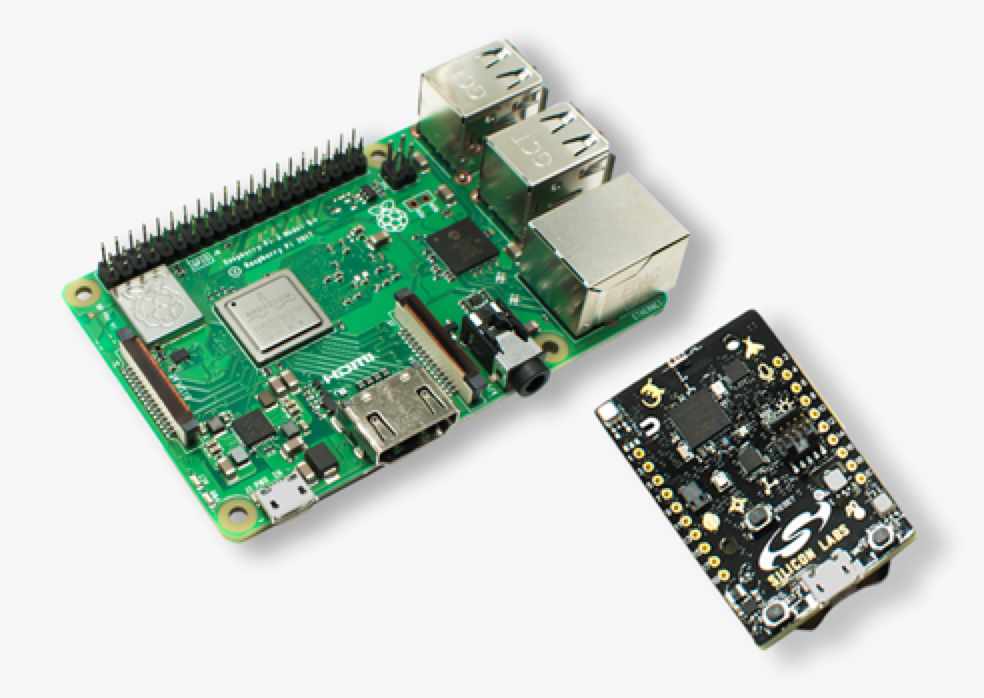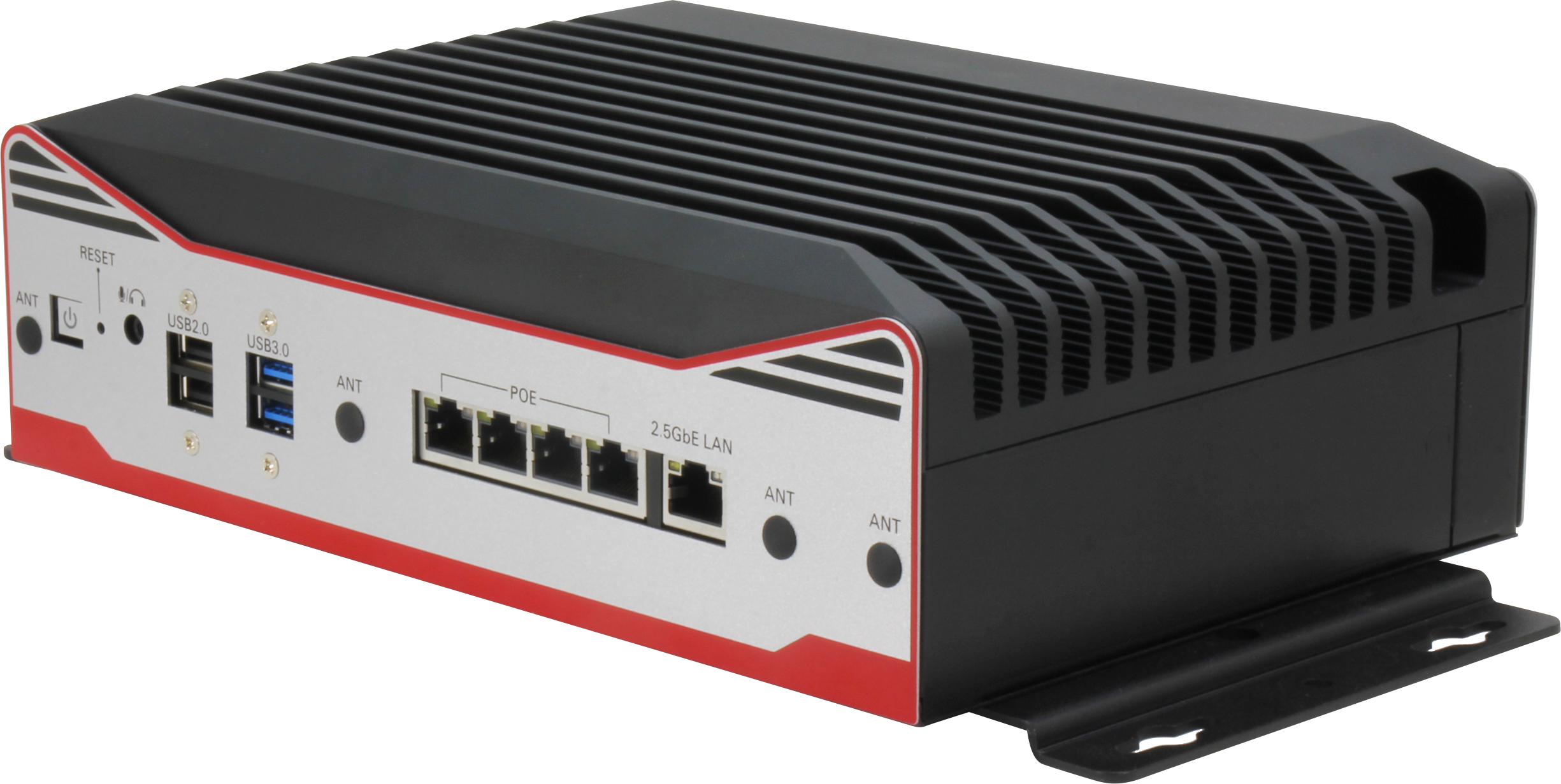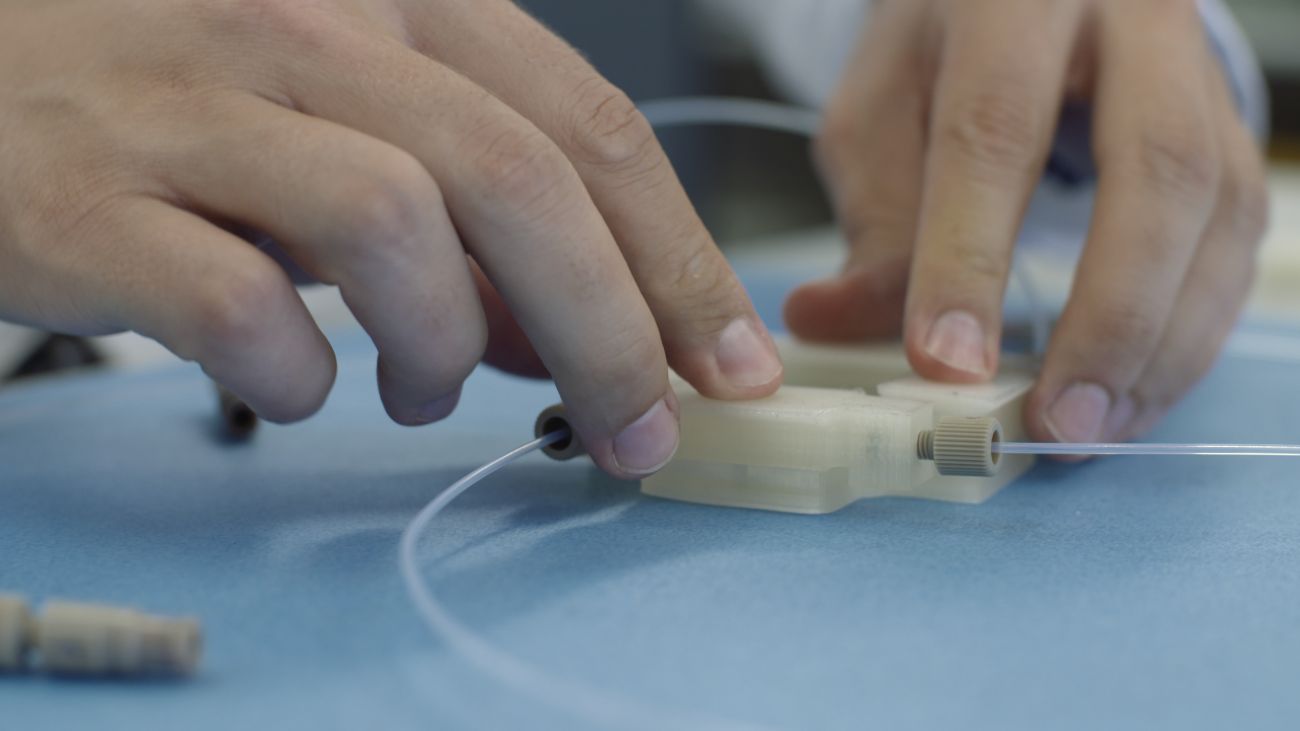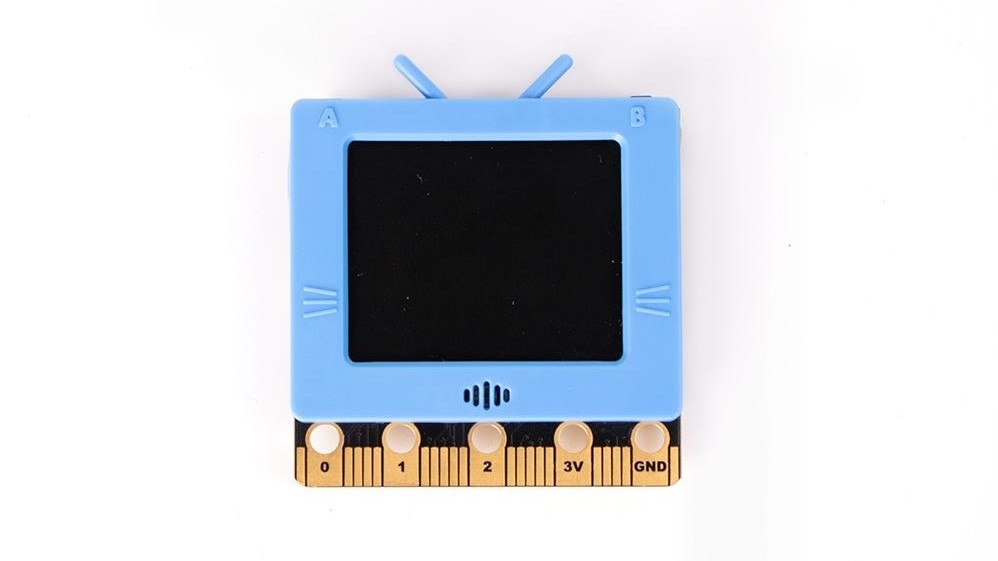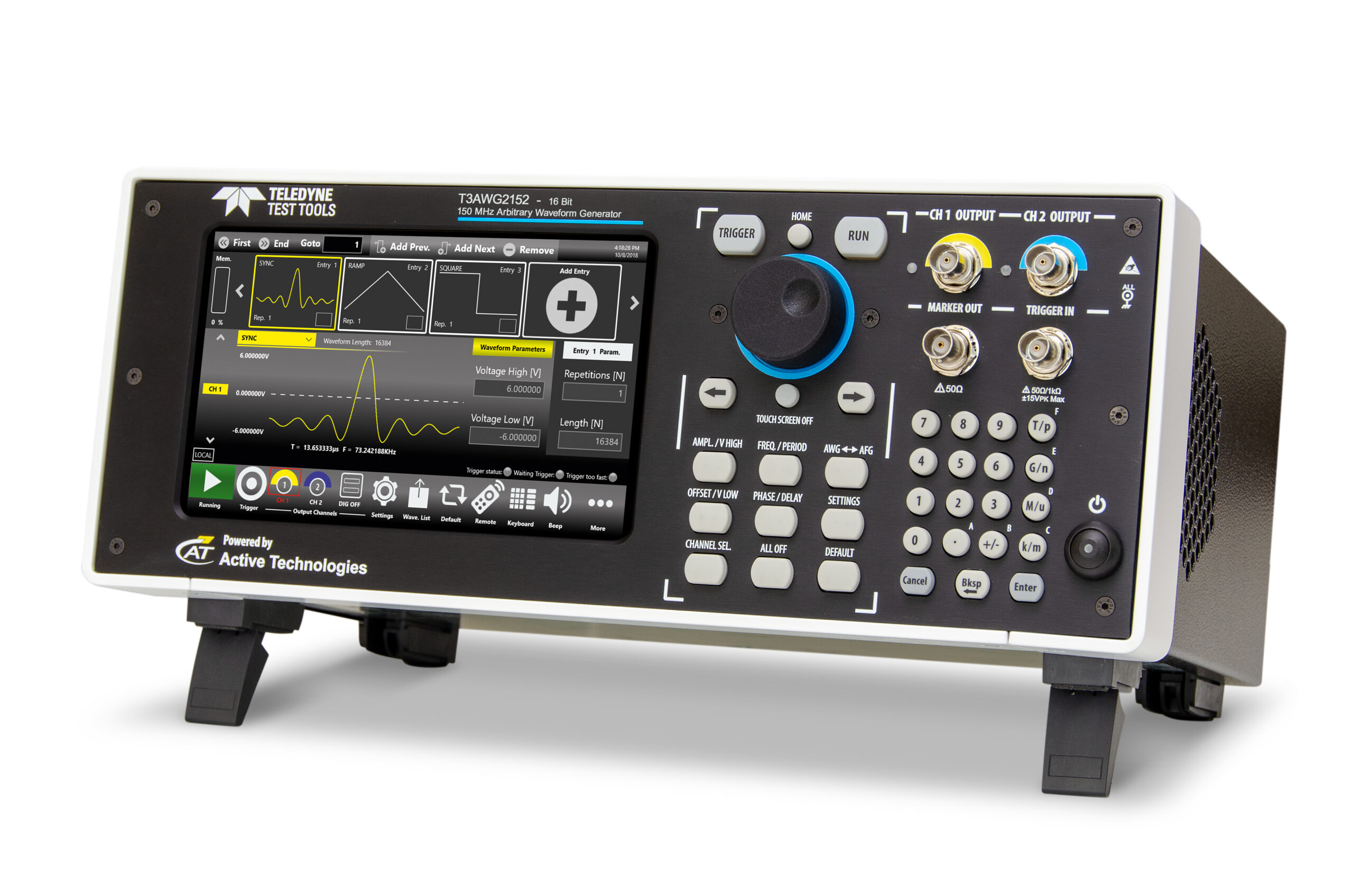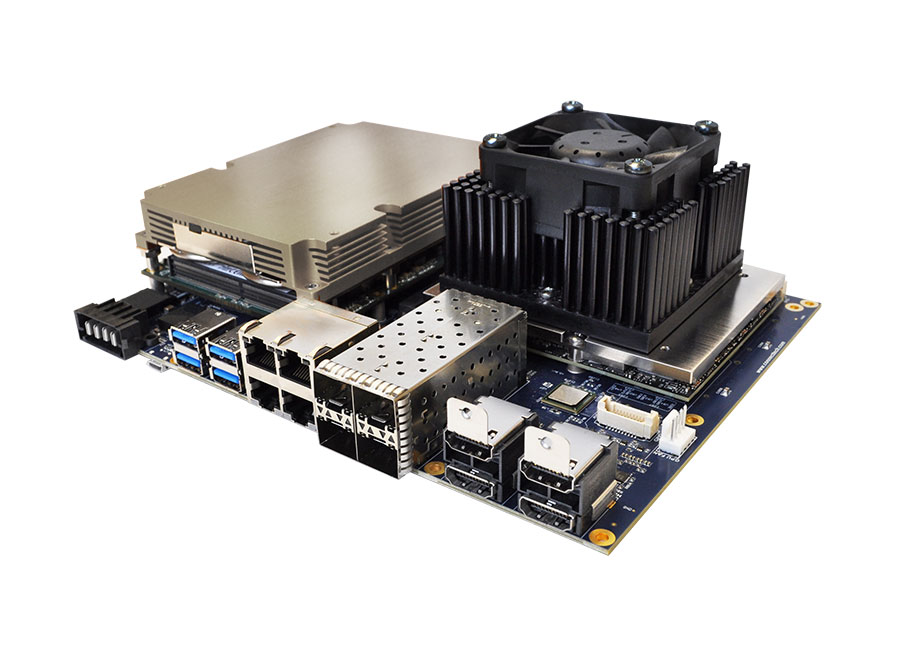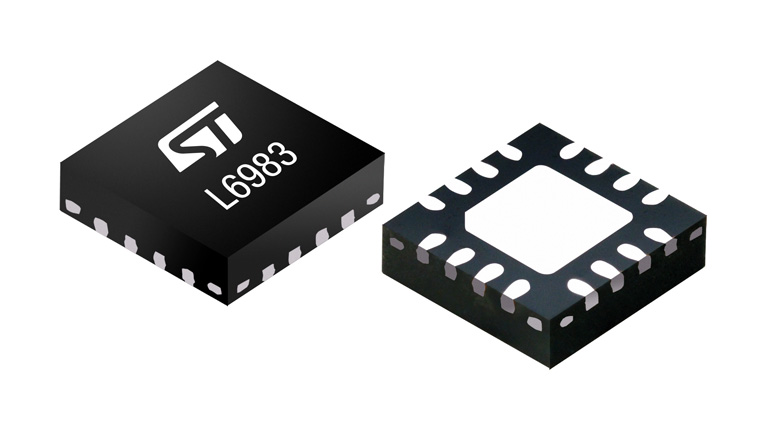
The L6983 is an easy to use synchronous monolithic step-down regulator capable of delivering up to 3 A DC to the load. The wide input voltage range makes the device suitable for a broad range of applications. The L6983 is based on a peak current mode architecture and is packaged in a QFN16 3×3 with internal compensation thus minimizing design complexity and size.
The L6983 is available both in low consumption mode (LCM) and low noise mode (LNM) versions. LCM maximizes the efficiency at light-load with controlled output voltage ripple so the device is suitable for battery-powered applications. LNM makes the switching frequency constant and minimizes the output voltage ripple for light load operations, meeting the specification for low noise sensitive applications. The L6983 allows the switching frequency to be selected in the 200 Hz – 2.2 MHz range with optional spread spectrum for improved EMC.
Key features
- 3.5 V to 38 V operating input voltage
- Output voltage from 0.85 V to VIN
- 3.3 V and 5 V fixed output voltage versions
- 3 A DC output current
- 17 μA operating quiescent current
- Internal compensation network
- Two different versions: LCM for high efficiency at light loads and LNM for noise sensitive applications
- 2 μA shutdown current
- Internal soft-start
- Enable
- Overvoltage protection
- Output voltage sequencing
- Thermal protection
- 200 kHz to 2.2 MHz programmable switching frequency. Stable with low ESR capacitor
- Optional spread spectrum for improved EMC
- Power Good
- Synchronization to external clock for LNM devices
- QFN16 package
The EN pin provides enable/disable function. The typical shutdown current is 2 µA when disabled. As soon as the EN pin is pulled up, the device is enabled and the internal 1.3 ms soft-start takes place. The L6983 features Power Good open collector that monitors the FB voltage. Pulse-by-pulse current sensing on both power elements implements an effective constant current protection and thermal shutdown prevents thermal run-away.
more information: www.st.com




